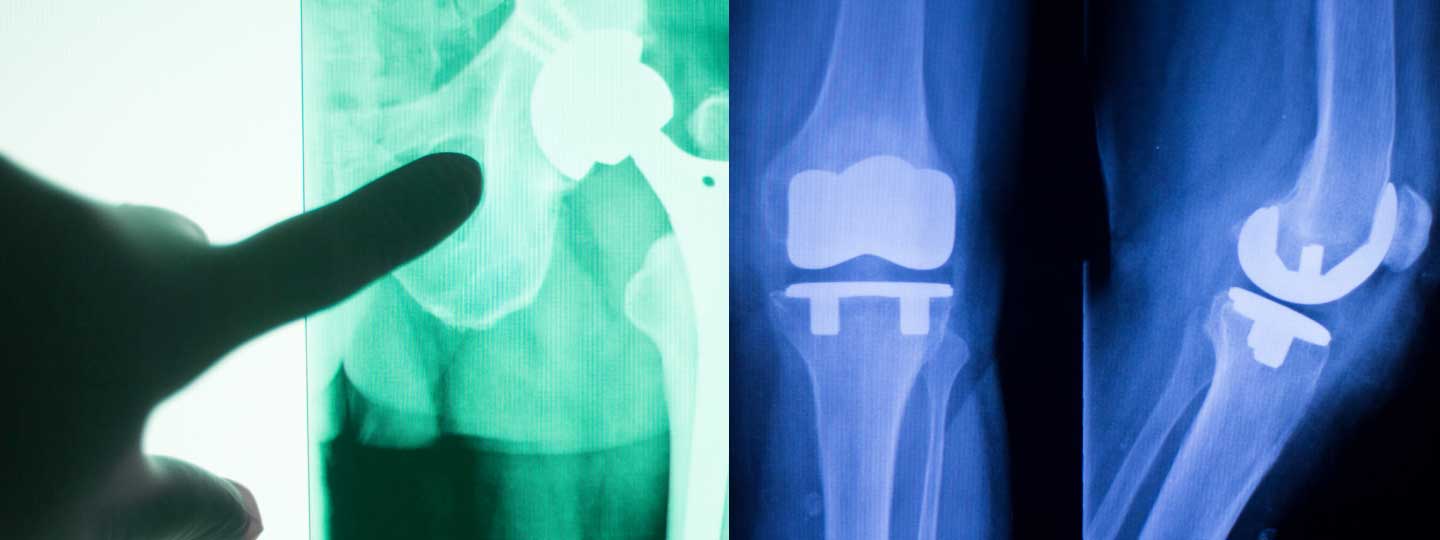Making informed decisions about joint replacement surgery
20 July 2020
The decision about whether to have joint replacement surgery is a big one. Each year in the UK alone, over 250,000 people choose to have the procedure.
For people with arthritis, having a joint replacement can be life-changing, but while it’s beneficial for some, it’s not always the best option.
Some people will experience long-term pain and complications after having hip and knee replacements, so it’s important that people have a good understanding about all the choices that are available to them.
Research we’ve funded with the National Joint Registry, and conducted at the University of Sheffield and University of Bristol, has been leading the way in developing an online tool called ‘JointCalc’, which is designed to help people understand the potential risks and benefits of knee or hip replacement surgery and is tailored to their own individual circumstances.
Why was this research carried out?
Whilst people considering joint replacement surgery are often engaged in the decision-making process, they are usually dependent on the advice of their clinicians on the risks and benefits of surgery itself and of the type of joint replacement used.
In most instances the surgeon will make a decision using the available evidence from past experience of the procedures in the general population, but individual characteristics such as age, sex, underlying diagnosis, surgical technique, and type of joint replacement significantly affects the outcome of surgery and risk of complications.
This research aimed to develop an online decision aid that would empower patients to be active partners in the decision-making process and improve individual outcomes.
Putting people at the heart of the tool’s development
Patients and their carers played a critical role in every step of the development process, right from the drawing board through to ‘approval’ of the final version of the tool.
In the research team’s latest paper, published online this week, they describe the health information system that was used to make the online tool possible.
They used information from the UK National Joint Registry dataset of around 2.5 million hip and knee operations to develop and validate a personalised, web-based decision aid to help patients, considering joint replacement, make evidence-based choices about their treatment.
How does the online tool work?
JointCalc is freely-available to use for anyone considering joint replacement surgery. It can be used by people in their own home or by GPs during patient medical appointments.
Using personal characteristics (such as age, weight, height, and type of surgery), and data from the National Joint Registry and NHS Digital, the tool gives patients a personalised estimation of pain and function after the operation, risk of dying after the operation, and the risk of needing revision surgery.
Patients can then have more informed conversations with their doctor about their treatment options and make a decision that is right for them.
How successful has the tool been so far?
In the last 9 months since the JointCalc website was first launched, over 15,000 people have visited the site from 110 countries worldwide, with over 5,000 getting personalised results.
Professor Mark Wilkinson, who has been leading the development of JointCalc at the University of Sheffield said:
“We’re delighted to see that patients’ responses frequently indicated that the website helped them reach an informed decision about their surgery.
“We’ve also received feedback that the tool is “informative”, “helpful” and “easy to use” and responses show that users find JointCalc user-friendly and relevant to their problem.
“The successful application of this tool is not only improving patient outcomes, but it’s increasing the cost-efficiency of joint replacement surgery and post-operative surveillance for the health service.”
Looking to the future
Waiting times for joint replacement surgery are likely to be longer than ever as the NHS recovers from the Covid-19 pandemic, so it will be very helpful for patients to have a better understanding of the risks and benefits to them before requesting a referral from their GP to secondary care.
It can only help if people are better informed before seeing a surgeon, and that those who decide to seek secondary care, then choose to go through with the surgery knowing some of the risks and benefits.
This tool is also a great example for others designing similar user facing decision-support aids.
Read more about our research
We’ll keep you posted on progress and updates. In the meantime, find out more about our research.